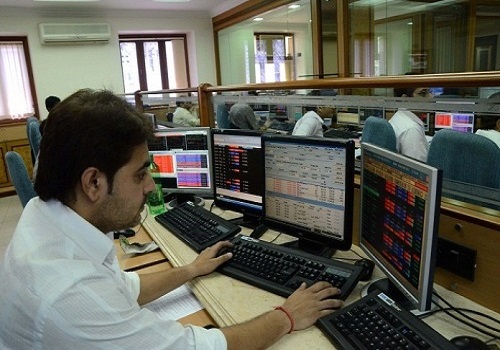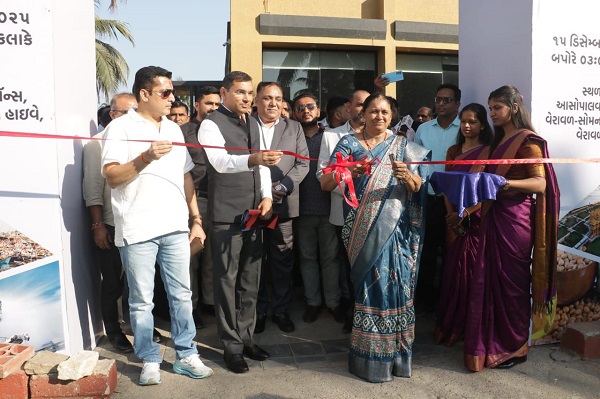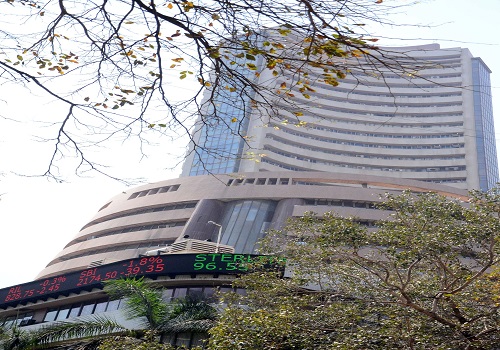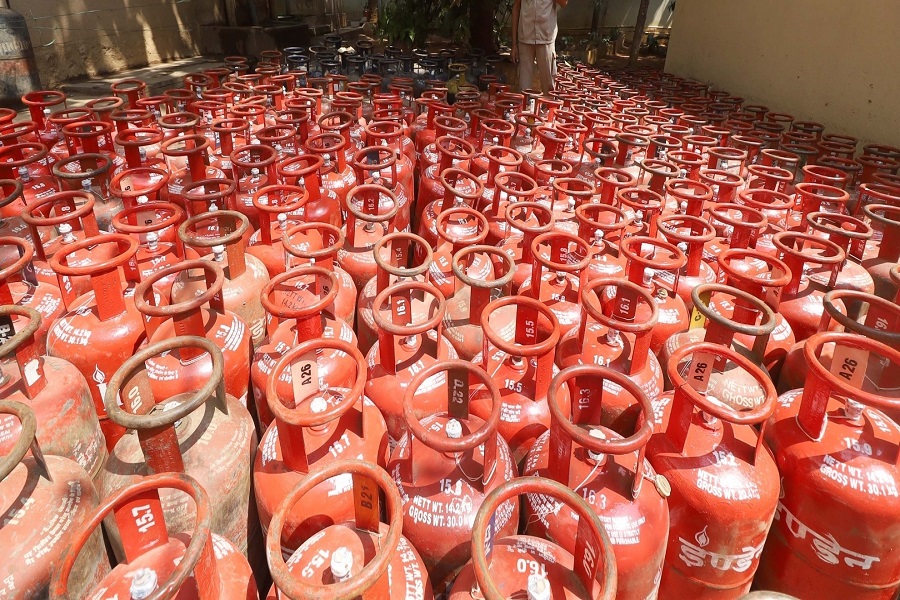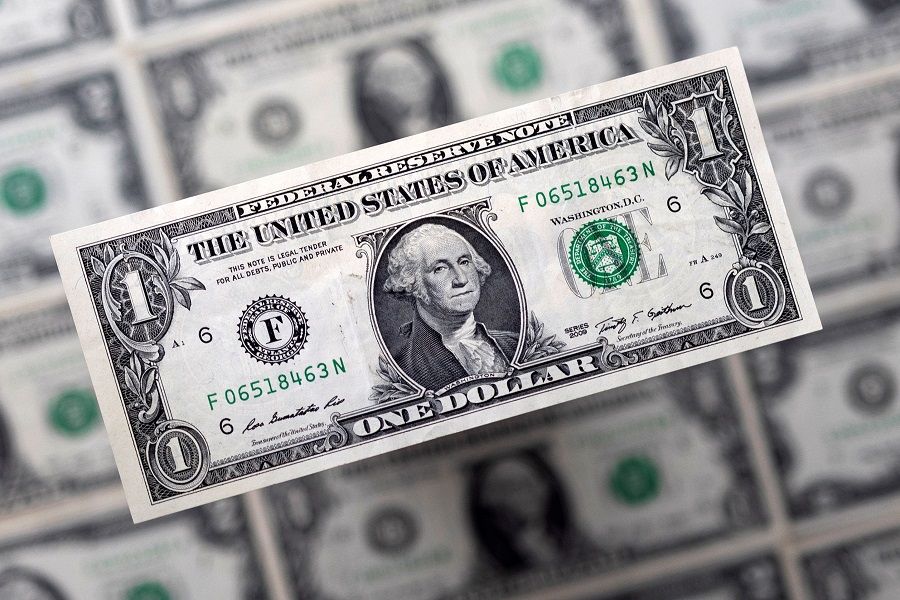Agri Commodity Technical Report 01 April 2025 - Geojit Financial Services Ltd

* Sowing of rabi crops in Telangana was at 7.5 million acres (1 acre = 0.4 hectares) as of Wednesday, up 12.7% from 6.7 million acres sown in the same period last year, according to a report released by the state agriculture department. The normal acreage for the season in the state is 6.4 million acres, the report said. Maize acreage in the state rose by 26.7% on year to 841,835 acres from 664,180 acres last year, the report showed. The area sown under paddy was 5.7 million acres, up from 5.1 million acres a year ago, and that of jowar also rose to 333,033 acres from 231,426 acres last year. Rabi crops are sown between October and December after the monsoon, and harvested between February and May. However, sowing started late this year because of a delay in withdrawal of the southwest monsoon, which in turn delayed the harvest of kharif crops.The acreage under chana in Telangana was 221,037 acres, down from 255,337 acres sown last year, according to the report. On the other hand, the acreage under black gram, or urad, rose to 49,213 acres from 35,602 acres a year ago. The total area sown under all pulses fell to 297,987 acres from 319,627 acres last year. The total area sown under all oilseeds so far has risen to 304,704 acres from 272,564 acres sown in the previous year, the report showed. Under oilseeds, the acreage under groundnut was 246,349 acres, up from 209,817 acres a year ago. Tobacco acreage in the state rose to 18,092 acres from 9,902 acres last year, and that of sugarcane also rose to 15,612 acres from 4,525 acres a year ago, according to the report. Paddy is in the 'grain formation to grain filling' stage, while the harvest of groundnut, sunflower, urad, and chana has commenced and is in its peak stage, the report said. The water level in reservoirs across Telangana was 423.776 billion cubic metres as of Wednesday, compared with 266.45 billion cubic metres a year ago, according to the report.
* The water level in 161 key reservoirs in the country fell to 77.324 billion cubic metres as of Thursday from 80.700 billion cubic metres on Mar. 20, according to data from the Central Water Commission. The current level is 42% of the total live storage capacity of 182.375 billion cubic metres.
* Indonesia's plan to increase export levy on crude palm oil to 10% from the current 7.5%, and on palm oil products to 4.5% from 3% may lead to its export prices rising to a level that may make them uncompetitive in the global markets. This move, announced by Indonesian Plantation Fund Agency on Mar. 18, is aimed to bolster the country's biodiesel project, mandating an increased proportion of palm oil in blend. Increase in export levy will lead to further rise in crude palm oil prices, making it ultimately, the costliest oil among all edible oils, said Rahul Chauhan, Director of iGrain India.
* The National Commodity and Derivatives Exchange on Friday revised the Liquidity Enhancement Scheme in guarseed options on futures contracts, the exchange said in a circular. In another circular issued on Friday, the exchange said the existing liquidity enchancement scheme in guar seed options on futures contracts will be discontinued with effect from Apr. 7.
* The Securities and Exchange Board of India has extended the suspension of derivatives trade in wheat, chana, moong, paddy (non-basmati), mustard seeds and its derivatives, soya bean, and crude palm oil by another year, till Mar. 31, 2026, the regulator said in a release on Monday. In 2021, the government had imposed a ban on derivatives trading in the seven commodities for a year to check rising prices. The ban was extended consecutively each year till December 2024, and twice more till Mar. 31 this year.
* The government has reimposed 10% import duty on chana, with effect from Apr. 1, according to a notification issued by the finance ministry's Department of Revenue late Thursday. The government had allowed duty-free import of chana and some other pulses to increase their availability and bring down their prices in domestic markets. In May last year, the government had extended the exemption to Mar. 31. Prices of chana have already dipped below or are nearing the minimum support price of INR 5,650 per 100 kg due to rising arrivals of the rabi crop across major spot markets. Prices have also been under pressure from high imports. Chana imports in AprDec stood at 360,393 tonnes, up a whopping 177% on year, according to data from the ministry. Meanwhile, chana production is looking up, with the agriculture ministry's second advance estimates putting output in 2024-25 at 11.5 million tonnes, up from 11 million tonnes last year.
For More Geojit Financial Services Ltd Disclaimer https://www.geojit.com/disclaimer
SEBI Registration Number: INH200000345


